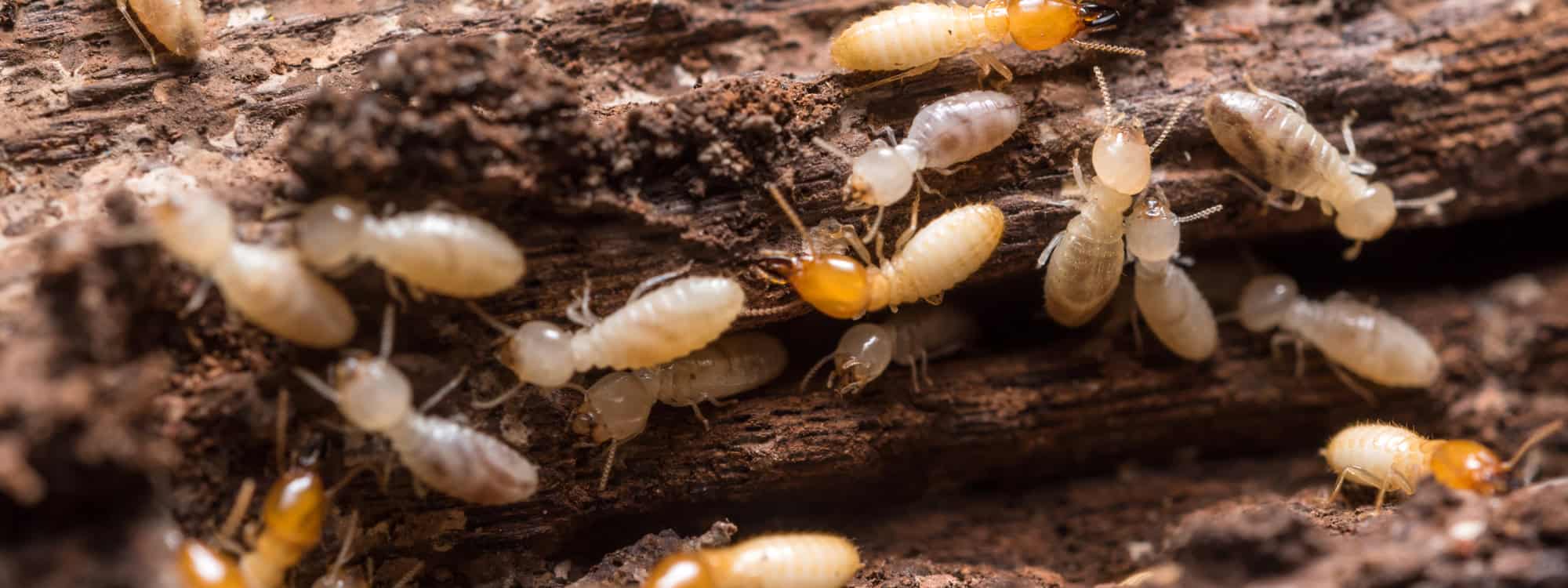Termite
Identification: Termites, commonly found in many parts of the world, are small, pale insects typically measuring between 4 to 15 mm in length. They are distinguishable by their straight, beaded antennae and soft, segmented bodies. Worker termites are often pale or translucent, while reproductive termites (alates) have darker bodies and wings.
Habitat: Termites favor habitats rich in cellulose, which is found in wood and plant material. They commonly nest within soil, wood, and leaf litter, building complex colonies with a highly organized social structure. In residential areas, they can be found in wooden structures, including homes and furniture, where they can cause significant damage.
Diet: Termites primarily feed on cellulose, a major component of wood and plant materials. Their diet includes wood, paper, and other cellulose-rich materials. They are able to digest cellulose with the help of specialized bacteria and protozoa in their digestive systems.
Behavior: Termites are known for their destructive behavior, as they can cause extensive damage to wooden structures. They exhibit a highly organized social structure within their colonies, which are divided into castes such as workers, soldiers, and reproductives. Workers are responsible for foraging and building tunnels, while soldiers defend the colony, and reproductives are responsible for producing offspring. Termites communicate and coordinate their activities through pheromones and physical contact.
Prevention: Preventing Termite infestations involves several key strategies. Reducing moisture around buildings by fixing leaks and improving drainage can deter these pests. Eliminating wood-to-soil contact by using concrete bases or treated wood helps to prevent access. Sealing cracks and gaps in foundations and walls can deny entry points. Regularly inspecting wooden structures for signs of damage and maintaining cleanliness around the home can reduce the risk of infestations.
Control: Effectively managing Termites requires a comprehensive approach, including the use of baiting systems, soil treatments, and direct wood treatments with termiticides. Treating infested areas and applying barriers around foundations can help prevent re-infestation. Regular inspections and proactive measures are essential to disrupt their colony dynamics and reduce their population.

